Recently, feedback about increased heating of Radeon RX 7900 graphics cards of the reference design began to appear on the network. Under load, the temperature of the hottest points (Hot Spot) can reach 110C. Enthusiast Der8auer published a comprehensive overview of the problem, purchasing four Radeon RX 7900 XTX cards for experiments and testing the difference between horizontal and vertical graphics card installation.
As it turned out, there really is a difference. When the card is installed horizontally, throttling begins with a decrease in the operating frequency of the GPU already 1 minute after the start of the test. A quick comparison showed that the tested Radeon RX 7900 GPUs ran hotter precisely in the horizontal position than in the vertical position. At the same time, the speed of rotation of the fans significantly exceeds 2000 rpm compared to 1700-1800 rpm in vertical mode.
Der8auer has developed a special stand to test whether the weight and gravity of the cooler can cause higher temperatures in horizontal mode. This test showed similar results compared to no cooler support.
After disassembling the cooler and removing the support bracket that directly contacts the VRM, the temperature did not improve. The YouTuber suggested that the height of the stand could have created a small gap and therefore affected the efficiency of the cooler, but the test confirmed that this was not an issue. He even went so far as to polish off the stands on the main part of the cooler to reduce the gap between the GPU and the cooler, but that didn’t fix the problem either.
Another theory was that the problem was directly with the vapor chamber. During the test, it turned out that after installing the adapter in a horizontal position, the temperature of the GPU increases significantly. At the same time, repeated turning over of the card did not lead to its decrease.
Thus, there is a suspicion of a problem with the design of the vapor chamber. For example, the fluid inside the chamber may have nuances with circulation after condensation. Der8auer says it could be a design or material choice issue, but he’s pretty sure it’s a vapor chamber problem.
AMD recently released a short statement urging people with thermal throttling issues to contact their support team:
“We are aware that a limited number of users are experiencing unexpected thermal throttling on AMD Radeon RX 7900 XTX graphics cards (reference models made by AMD). Users experiencing unexpected thermal throttling of an AMD Radeon RX 7900 XTX should contact AMD Support.”.
According to Der8auer, if the vapor chamber really turns out to be problematic, it could force AMD to take more serious steps.


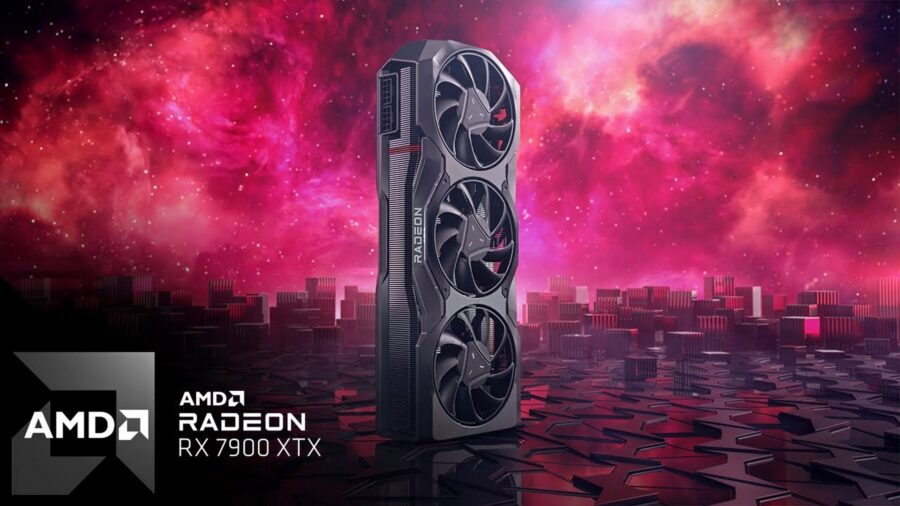
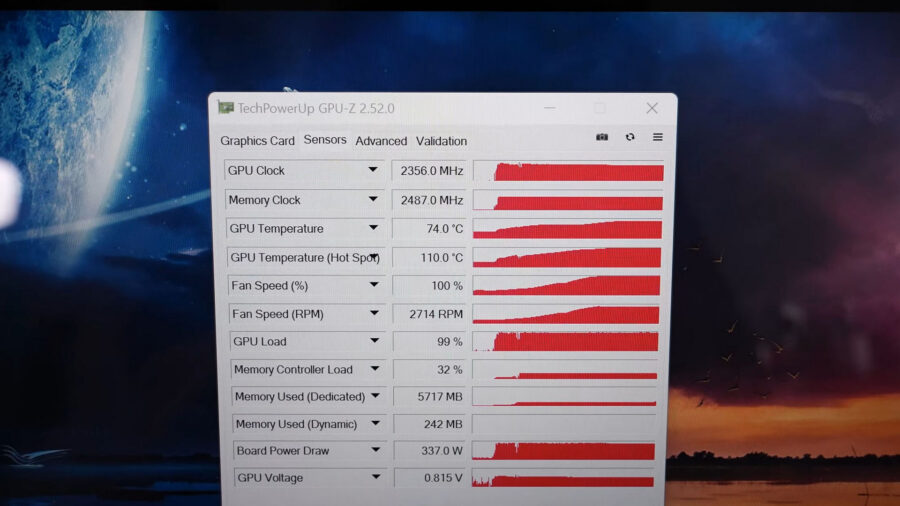
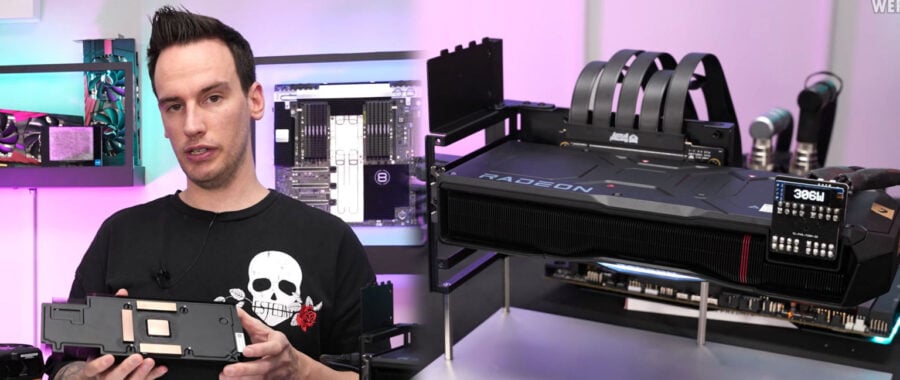
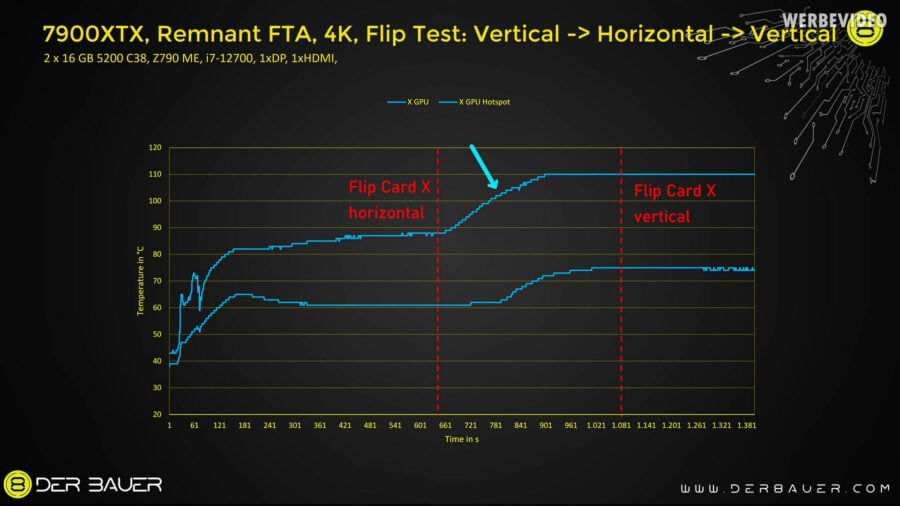
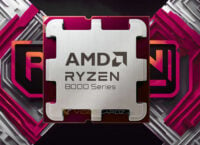
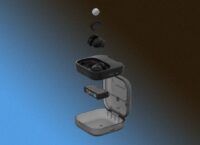
Loading comments …